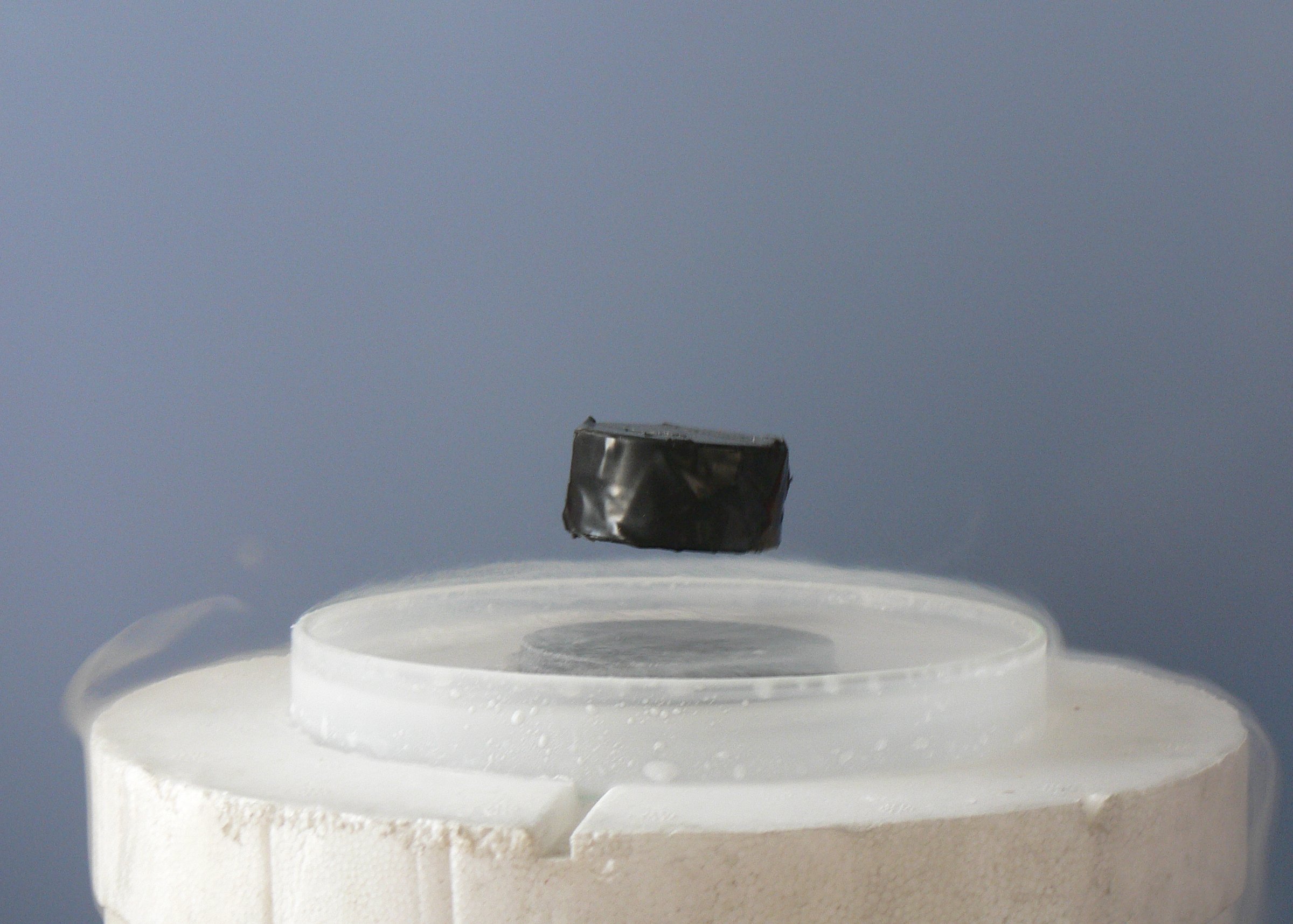
Photo from academic.microsoft.com
Luminescent solar concentrators (LSCs) harness light generated by luminophores embedded in a light-trapping waveguide to concentrate onto smaller cells. LSCs can absorb both direct and diffuse sunlight, and thus can… Click to show full abstract
Luminescent solar concentrators (LSCs) harness light generated by luminophores embedded in a light-trapping waveguide to concentrate onto smaller cells. LSCs can absorb both direct and diffuse sunlight, and thus can operate as flat plate receivers at a fixed tilt and with a conventional module form factor. However, current LSCs experience significant power loss through parasitic luminophore absorption and incomplete light trapping by the optical waveguide. Here, we introduce a tandem LSC device architecture that overcomes both of these limitations, consisting of a poly(lauryl methacrylate) polymer layer with embedded cadmium selenide core, cadmium sulfide shell (CdSe/CdS) quantum dot (QD) luminophores and an InGaP microcell array, which serves as high bandgap absorbers on the top of a conventional Si photovoltaic. We investigate the design space for a tandem LSC, using experimentally measured performance parameters for key components, including the InGaP microcell array, CdSe/CdS QDs, and spectrally selective waveguide filters. Using a Monte Carlo ray-tracing model, we compute the power conversion efficiency for a tandem LSC module with these components to be 29.4% under partially diffuse illumination conditions. These results indicate that a tandem LSC-on-Si architecture could significantly improve upon the efficiency of a conventional Si photovoltaic cell.
Journal Title: IEEE Journal of Photovoltaics
Year Published: 2018
Link to full text (if available)
Share on Social Media: Sign Up to like & get
recommendations!